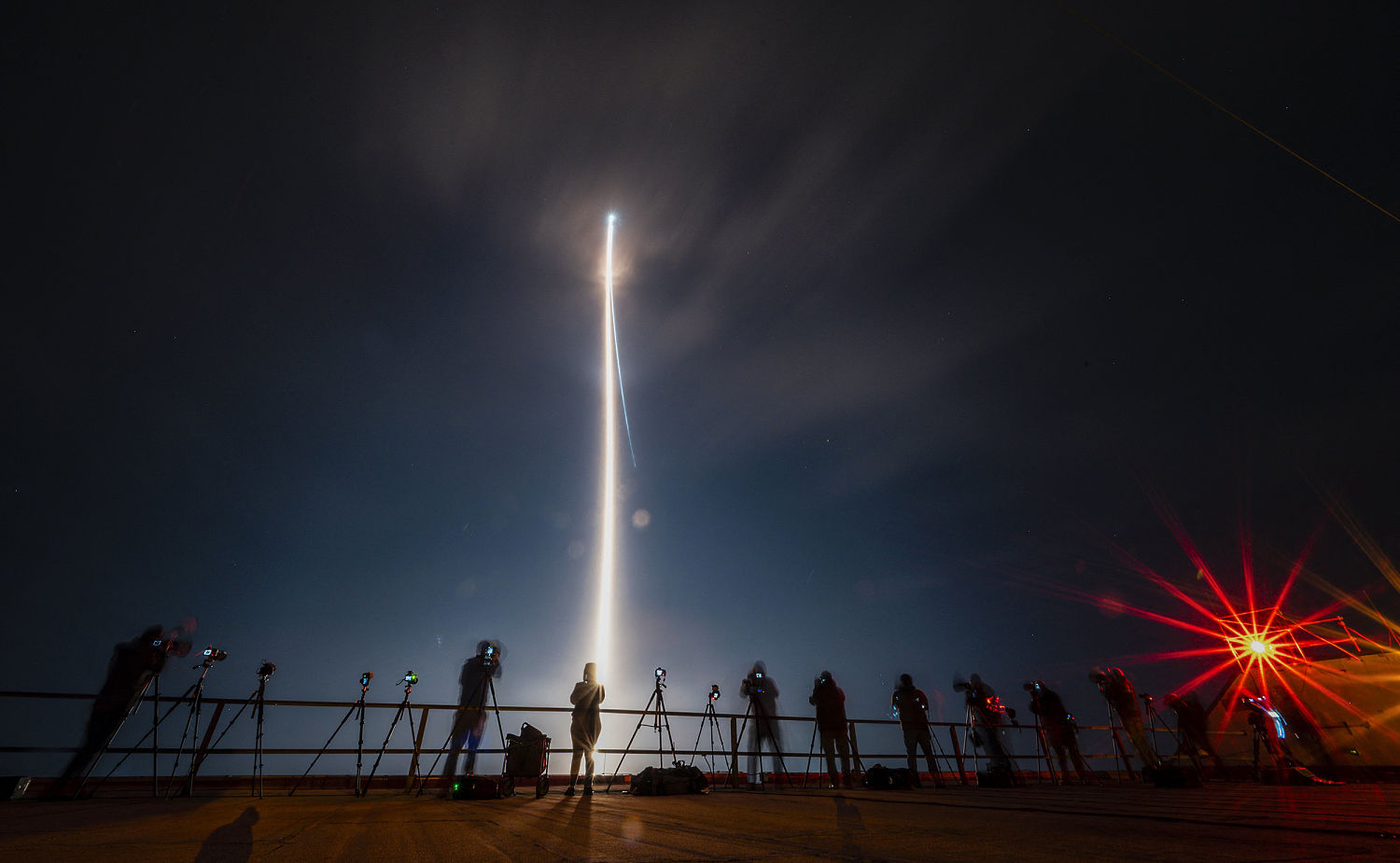[ad_1]

The Peregrine mission represents a new chapter for the commercial space industry, launching private companies on a space race to make deliveries for NASA and other customers.
The Pittsburgh-based company was aiming to be the first private business to successfully land on the lunar surface, something only four countries have accomplished. A Houston-based company also has a lander ready to fly, and is expected to take a more direct path to the moon.
NASA gave the two companies millions to build and fly their own lunar landers. The space agency wants the privately owned landers to scope out the place before astronauts arrive, while delivering NASA tech and science experiments, as well as odds and ends for other customers. Astrobotic’s contract for the Peregrine lander: $108 million.
For the inaugural flight, the Peregrine lander was carrying five NASA instruments. In response to the technical anomaly, NASA said it would learn from the situation.
“Each success and setback are opportunities to learn and grow,” Joel Kearns, deputy associate administrator for exploration at NASA’s Science Mission Directorate, said in a statement Monday. “We will use this lesson to propel our efforts to advance science, exploration, and commercial development of the moon.”
The last time the U.S. launched a moon-landing mission was in December 1972. Apollo 17’s Gene Cernan, the last human to leave his footprints on the lunar surface as commander of the mission, and Harrison Schmitt, the 12th astronaut to walk on the moon, closed out an era that has remained NASA’s pinnacle.
The space agency’s new Artemis program — named after the twin sister of Apollo in Greek mythology — looks to return astronauts to the moon’s surface within the next few years. First will be a lunar fly-around with four astronauts, possibly before the end of the year.
Highlighting Monday’s moonshot was the long-delayed initial test flight of the Vulcan rocket from Cape Canaveral Space Force Station. The 202-foot (61-meter) rocket is essentially an upgraded version of ULA’s hugely successful workhorse Atlas V, which is being phased out along with the company’s Delta IV. Jeff Bezos’ rocket company, Blue Origin, provided the Vulcan’s two main engines.
The then-Soviet Union and the United States racked up a string of successful moon landings in the 1960s and ’70s, before putting touchdowns on pause. China joined the elite club in 2013 and India in 2023. But last year also saw landers from Russia and a private Japanese company slam into the moon. An Israeli nonprofit’s lander crashed in 2019.
Next month, SpaceX will provide the lift for a lander from Intuitive Machines.
Besides flying experiments for NASA, Astrobotic drummed up its own freight business, packing the 6-foot-tall (1.9-meter-tall) Peregrine lander with everything from a chip of rock from Mount Everest and toy-size cars from Mexico that will catapult to the lunar surface and cruise around, to the ashes and DNA of deceased space enthusiasts, including “Star Trek” creator Gene Roddenberry and science fiction writer Arthur C. Clarke.
The Navajo Nation recently sought to have the launch delayed because of the human remains. saying it would be a “profound desecration” of a celestial body revered by Native Americans. Thornton said the December objections came too late but promised to try to find “a good path forward” with the Navajo for future missions.
One of the spaceflight memorial companies that bought room on the lander, Celestis, said in a statement that no single culture or religion owns the moon and should not be able to veto a mission. More remains are on the rocket’s upper stage, which, once free of the lander, will indefinitely circle the sun as far out as Mars.
Cargo fares for Peregrine ranged from a few hundred dollars to $1.2 million per kilogram (2.2 pounds), not nearly enough for Astrobotic to break even. But for this first flight, that’s not the point, according to Astrobotic CEO John Thornton.
“A lot of people’s dreams and hopes are riding on this,” he said.
[ad_2]
Source link
